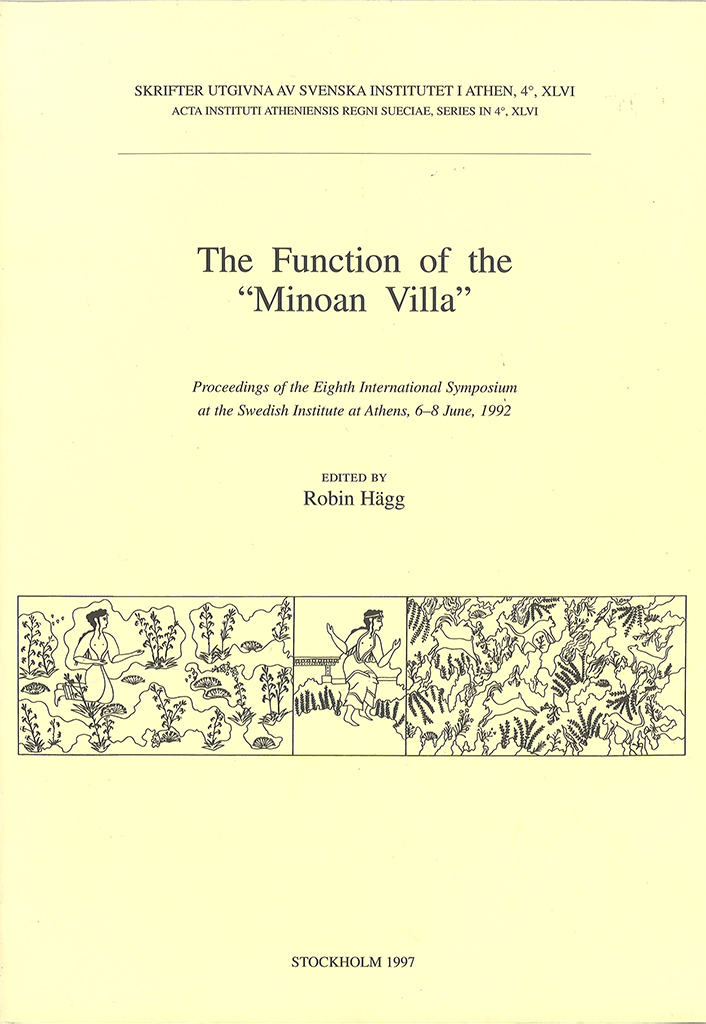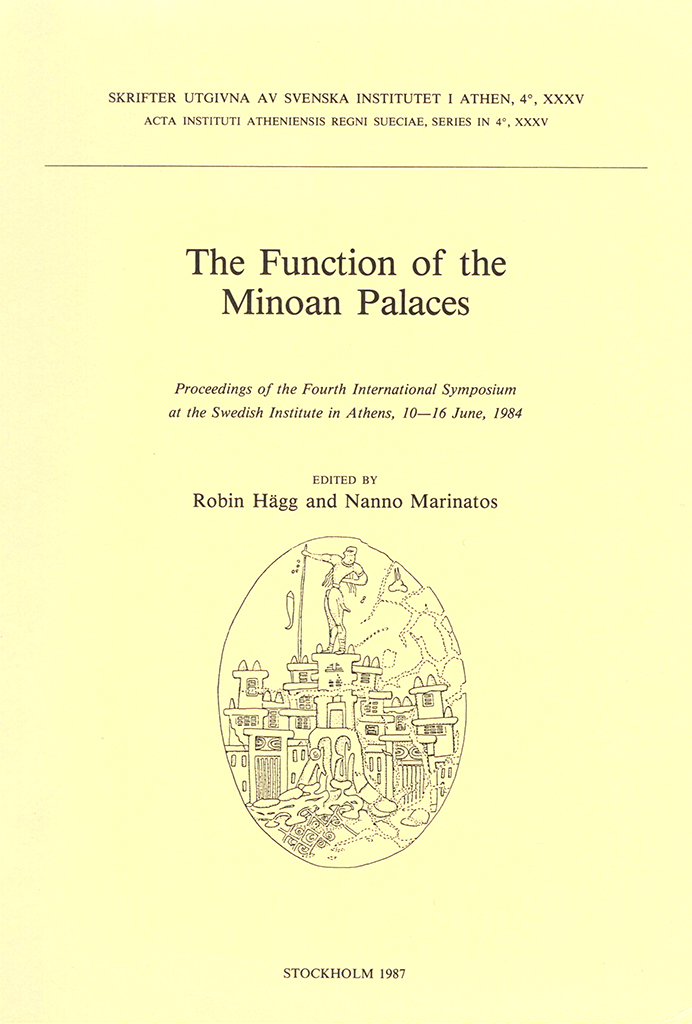All content of Opuscula 12 (2019) is available with open access. Printed edition distributed by Eddy.se AB. Also available at Amazon.com, Adlibris, and Bokus. View volume at ERIH PLUS. Bioarchaeological field analysis of human remains from the mass graves at Phaleron, Greece. With an introduction by Stella Chryssoulaki and an appendix by Anna Linderholm, Anna Kjellström, Vendela Kempe Lagerholm, and Maja Krzewińska By Anne Ingvarsson (Gustavianum. Uppsala University Museum, Sweden) & Ylva Bäckström (Lund University, Sweden) Abstract In 2016, archaeological excavations undertaken by the Ephorate of Antiquities of West Attica, Piraeus and Islands 3.8 km south-west of Athens, Greece, revealed mass burials of 79 skeletons in three rows. The burials are dated to the 7th century BC. The anthropological field documentation was undertaken by The Swedish Institute of Athens, and followed established bioarchaeological protocols regarding taphonomic processes, age, sex, injuries, and pathological changes. The descriptions and interpretations should be regarded as preliminary field observations. A majority of the individuals were young adult or juvenile males, most of them without signs of active disease and with a generally good oral health status, but with corroded iron shackles around their wrists. Cause of death could not be determined although extensive and likely…
Published by the Swedish Institute at Athens. Distributed by Astrom Editions The function of the “Minoan villa”. Proceedings of the Eight International Symposium at the Swedish Institute at Athens, 6–8 June, 1992 Edited by Robin Hägg These twenty papers, presented at an international conference in Athens, deal with various aspects of the so-called villas in Neopalatial Crete and their possible predecessors or equivalents in the preceding, Protopalatial period. They are followed by transcripts of the discussions of the symposium. Among the problems treated are: the origin of the “villa system”, the definition of the “villa”, the architectural analysis of buildings and building complexes, the magico-religious background of the “villa”, the role of religious painting, the origin of the Cretan andreion, and a study of ceramic exchange between towns and outlying settlements in Neopalatial eastern Crete. Special discussions concern the functional analysis of the architecture, administration and bureaucracy, with special reference to seals, sealings and Linear A tablets and political geography. Contents ‘Preface’, 7 Henri van Effenterre & Micheline van Effenterre, ‘Towards a study of Neopalatial “villas”: modern words for Minoan things’, 9–13 Wolf-Dietrich Niemeier, ‘The origins of the Minoan “villa” system’, 15–19 J.A. MacGillivray, ‘The Cretan countryside in the Old…
View record at WorldCat. The function of the Minoan palaces. Proceedings of the Fourth International Symposium at the Swedish Institute in Athens, 10–16 June, 1984 Edited by Robin Hägg & Nanno Marinatos Fourty-seven papers on the functions of the palace, the most characteristic phenomenon of the Minoan Bronze Age civilization in Crete, read at an international conference in Athens; the papers are followed by transcripts of the discussion of the symposium. The papers are arranged in eight groups, discussing (1) background (Near Eastern and Egyptian economy), parallels (Mycenaean palaces) and methodology; (2) the emergence of the Cretan palaces; (3) the relations of the palace with town and territory; (4) recent archaeological finds; (5) the palaces as ceremonial and religious centres; (6) the palaces as centres of trade and manufacture; (7) the administrative systems of the Minoans and Mycenaeans; and (8) the function of the frescoes in the palace. For James Walter Graham and to the memory of Spyridon Marinatos. Contents Preface (p. 9) Background and methodology Benjamin R. Foster | The Late Bronze Age palace economy: A view from the East (pp. 11–16) Wolfgang Helck | The dissolution of the palace economy in the Ramesside period (pp. 17–19) Klaus Kilian…



